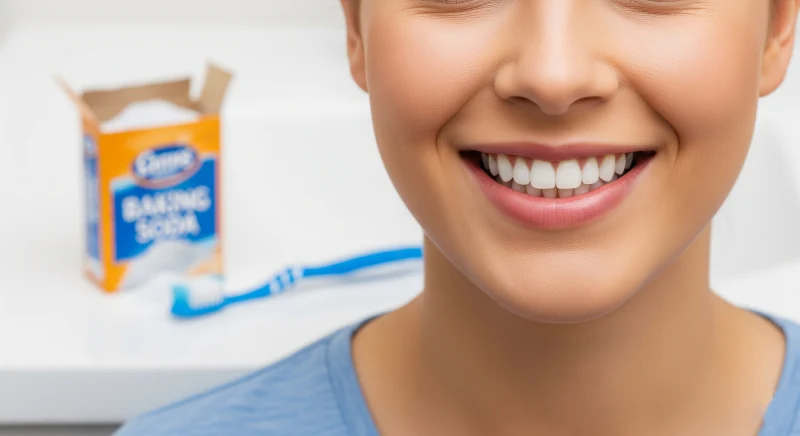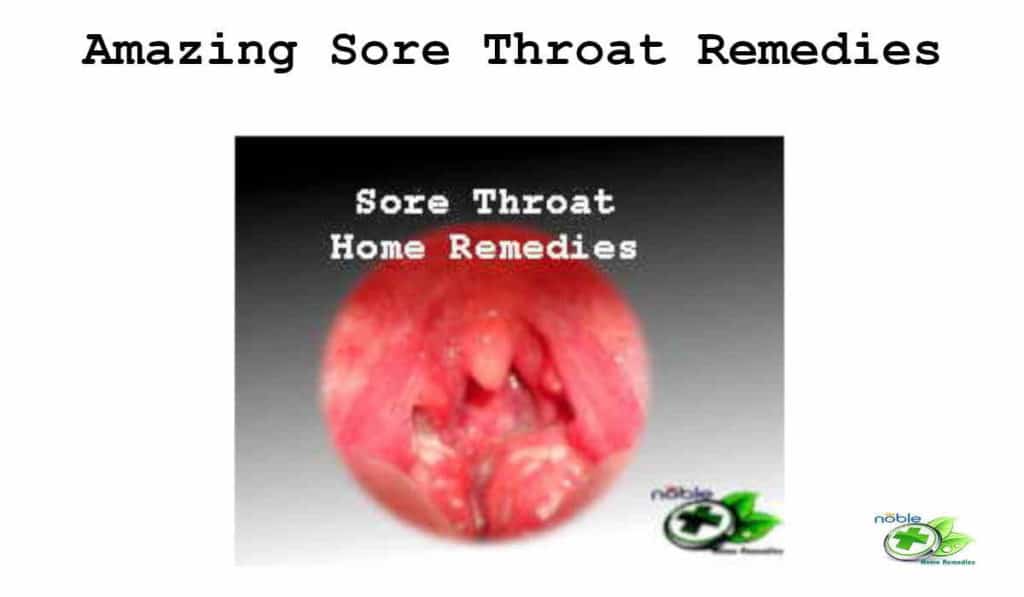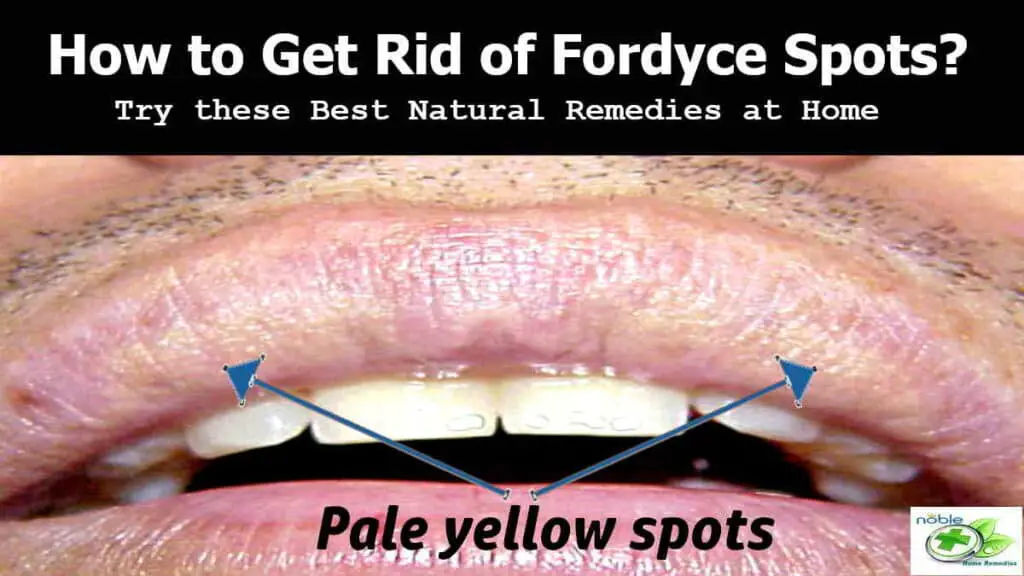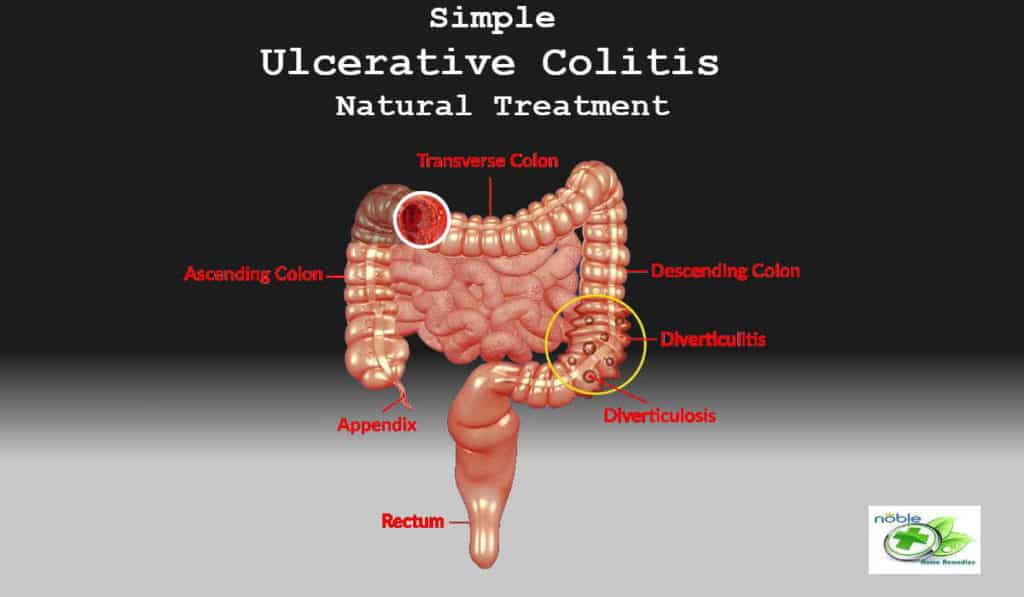Fordyce spots medical treatments: 6 Expert Medical Solutions
If you’ve ever noticed small, pale bumps on your skin, particularly in sensitive areas like the lips or genitalia, you may be wondering what they are and how to address them. These little bumps are known as Fordyce spots, a common skin condition that affects a significant portion of the population.
Fordyce spots are benign, ectopic sebaceous glands, and while they may appear concerning, they are generally harmless. They tend to manifest as small, raised, and colorless bumps, often occurring in clusters. These spots can appear on various parts of the body, with the lips and genitalia being the most common sites of occurrence. Despite their relatively harmless nature, many individuals seek medical treatments for Fordyce spots due to cosmetic concerns or discomfort.
While Fordyce spots are generally not a cause for alarm, consulting a healthcare professional is essential for several reasons. First and foremost, proper diagnosis by a medical expert ensures that these spots are indeed Fordyce spots and not a symptom of a different, potentially more serious condition. Additionally, medical professionals can offer guidance on the most suitable treatment options based on the individual’s unique circumstances.
In this article, we will delve into the world of Fordyce Spots medical treatments. Our focus is to provide you with a comprehensive understanding of the available treatment options, their pros and cons, and what to expect before, during, and after the treatments. Whether you’re seeking to alleviate discomfort or improve the appearance of Fordyce spots, this guide will help you make informed decisions about the best course of action for your specific situation.
From topical treatments to minimally invasive procedures, we’ll explore the array of options at your disposal. Join us as we uncover the possibilities for addressing Fordyce spots through medical interventions, ensuring that you have the knowledge needed to take the next step towards healthier, more confident skin.

Understanding Fordyce Spots
To effectively address Fordyce spots and explore their medical treatments, it’s crucial to begin with a solid understanding of what Fordyce spots are and what sets them apart. Let’s dive into this topic, examining their characteristics, potential causes, and associated risk factors.
1. What Are Fordyce Spots and Their Characteristics?
Fordyce spots, also known as Fordyce granules or sebaceous prominence, are a dermatological condition characterized by the presence of small, raised bumps on the skin’s surface. These bumps are typically pale or skin-colored, and they are often mistaken for other skin conditions, such as pimples or whiteheads.
Key characteristics of Fordyce spots include:
- Color: They are generally colorless or slightly yellowish, making them less noticeable than pigmented skin conditions.
- Size: Fordyce spots typically range in size from 1 to 3 millimeters in diameter, but they can be smaller or larger.
- Location: While they can appear almost anywhere on the body, Fordyce spots are most commonly found on mucous membranes, such as the lips and genitalia.
- Clustering: They often occur in clusters or groups, making them more visible in affected areas.
2. Causes and Risk Factors Associated with Fordyce Spots
The precise cause of Fordyce spots is not definitively understood, but several factors and theories have been proposed. Here are some of the potential causes and risk factors associated with Fordyce spots:
- Sebaceous Gland Overdevelopment: One prevalent theory suggests that Fordyce spots result from the overdevelopment or hyperactivity of sebaceous (oil) glands in the skin. This leads to the accumulation of sebum (skin oil) within the glands, causing them to become enlarged and visible on the skin’s surface.
- Genetic Predisposition: Genetics may play a role in the development of Fordyce spots. Individuals with a family history of the condition may be more prone to developing these spots themselves.
- Hormonal Changes: Some researchers believe that hormonal changes, especially during adolescence, may contribute to the development of Fordyce spots. Hormonal fluctuations can affect the activity of sebaceous glands.
- Age: Fordyce spots are more commonly observed in adults, particularly individuals in their 20s and 30s. However, they can occur at any age.
- Anatomical Sites: Fordyce spots are often found on mucous membranes, which are areas of the body with a high concentration of sebaceous glands. This includes the lips, genitalia, and inner cheeks.
The Importance of Medical Consultation
Seeking medical guidance when dealing with Fordyce spots is a fundamental step on the path to effective treatment. It is important to identify whether it is Fordyce spots or other skin conditions even if you want to consider using home remedies for Fordyce spots. Popping Fordyce spots are not desirable as it can be harmful.
In this section, we will underscore the significance of consulting a healthcare professional for proper diagnosis and explain why self-diagnosis and treatment may not be the best approach.
1. Proper Diagnosis by a Healthcare Professional
When you encounter unusual skin changes, it can be tempting to turn to the internet for information and attempt self-diagnosis and treatment. However, Fordyce spots can sometimes mimic other skin conditions, and a misdiagnosis could lead to unnecessary worry or inappropriate treatment.
Emphasize the following points:
- Accurate Identification: Healthcare professionals, especially dermatologists or specialists, have the expertise and experience to accurately identify Fordyce spots. Their trained eye can distinguish between Fordyce spots and other dermatological issues.
- Rule Out Other Conditions: Fordyce spots may resemble other skin conditions or even sexually transmitted infections in the genital area. A professional diagnosis is essential to rule out more serious health concerns.
- Tailored Treatment Plans: A proper diagnosis enables the development of a personalized treatment plan tailored to your specific needs. What works for one skin condition may not be suitable for Fordyce spots.
2. The Pitfalls of Self-Diagnosis and Treatment
Attempting to diagnose and treat Fordyce spots without professional guidance can have several drawbacks:
- Misdiagnosis: Self-diagnosis is prone to errors. Without the expertise of a healthcare provider, you may misinterpret your condition for example for pimples, leading to unnecessary anxiety and potentially inappropriate treatment.
- Ineffective Over-the-counter Remedies: Over-the-counter products may not be designed to address the unique characteristics of Fordyce spots. Using such products without guidance may result in disappointment and wasted time and money.
- Delay in Proper Treatment: Delaying a visit to a healthcare professional can lead to a delay in receiving appropriate treatment. Fordyce spots may persist or worsen if left untreated or if the wrong treatments are attempted.
- Risk of Complications: In some cases, attempting to remove Fordyce spots at home can lead to infections or scarring. It’s essential to handle such treatments with care.
Fordyce Spots Medical Treatments
When it comes to addressing Fordyce spots, various medical treatment options are available, each with its own set of benefits and considerations. In this section, we’ll delve into the diverse array of medical treatments designed to tackle Fordyce spots and provide you with a comprehensive understanding of each approach.
1. Topical Treatments
One of the first lines of defense against Fordyce spots is topical treatments. These typically come in the form of creams, gels, or ointments containing active ingredients such as retinoids or other specialized compounds. These products work by targeting the sebaceous glands beneath the skin’s surface, reducing their size and visibility over time.
- Effectiveness: Topical treatments can be effective for some individuals, particularly those with mild to moderate Fordyce spots.
- Consistency is Key: To achieve optimal results, consistent and diligent application is necessary.
- Consultation: Always consult a healthcare professional before starting any topical treatment regimen, as they can recommend the most suitable product for your specific case.
Pros:
- Non-Invasive: Topical treatments are non-invasive and typically have minimal side effects.
- Ease of Use: These products are easy to apply at home.
- Gradual Improvement: They can lead to a gradual but noticeable improvement in Fordyce spot appearance.
Cons:
- Limited Effectiveness: Topical treatments may not be as effective for severe or deeply rooted Fordyce spots.
- Patience Required: Results may take several weeks or months to become apparent.
- Potential Irritation: Some individuals may experience skin irritation or dryness as a side effect.
2. Electrocautery and Laser Therapy

For those seeking more immediate and targeted solutions, electrocautery and laser therapy are viable options.
- Electrocautery: This procedure involves using an electrically heated probe to vaporize and remove Fordyce spots. It’s precise and can yield rapid results.
- Laser Therapy: Laser treatments use focused light energy to target and reduce the appearance of Fordyce spots.
Both methods aim to destroy the sebaceous glands responsible for Fordyce spots.
Pros:
- Precision: These treatments offer precise targeting of Fordyce spots.
- Speedy Results: Results are often visible shortly after the procedure.
- Minimally Invasive: They are generally minimally invasive, with minimal scarring.
Cons:
- Cost: Electrocautery and laser therapy can be relatively expensive.
- Potential Side Effects: Temporary redness, blistering, or pigmentation changes may occur.
- Downtime: Depending on the individual, some downtime may be required for recovery.
3. Micro-punch Surgery
Micro-punch surgery is a minimally invasive surgical option that’s gaining popularity for its precision and minimal scarring. This technique involves using a small tool to punch out individual Fordyce spots, leaving minimal damage to the surrounding tissue.
- Minimally Invasive: Micro-punch surgery is less invasive compared to traditional surgical methods, reducing recovery time and discomfort.
- Individualized Treatment: Each spot can be addressed individually, allowing for a tailored approach.
Pros:
- Minimally Invasive: Micro-punch surgery is minimally invasive and leaves minimal scarring.
- Individualized Treatment: Each spot can be targeted individually.
- Effective for Deeper Spots: It can be particularly effective for deeply rooted Fordyce spots.
Cons:
- Cost: The cost may be higher compared to some other treatments.
- Potential Discomfort: Mild discomfort and swelling may occur temporarily after the procedure.
- Not Suitable for All Locations: May not be suitable for Fordyce spots in certain anatomical areas.
4. Cryotherapy
Cryotherapy is a procedure that involves freezing Fordyce spots using liquid nitrogen or a similar substance. The freezing temperature causes the spots to blister and eventually slough off.
- Quick Procedure: Cryotherapy is relatively quick, with minimal downtime.
- Potential Side Effects: Some individuals may experience temporary redness and blistering following the procedure.
Pros:
- Quick Procedure: Cryotherapy is a relatively quick procedure.
- Minimal Downtime: Recovery time is usually minimal.
- Non-Invasive: It’s a non-invasive approach.
Cons:
- Potential Side Effects: Temporary redness and blistering may occur.
- Multiple Sessions: Multiple sessions may be needed for complete removal.
- Risk of Hypopigmentation: Some individuals may experience temporary lightening of the skin in treated areas.
5. Oral Medications
In certain cases, healthcare professionals may recommend oral medications, such as oral antibiotics or retinoids. These medications work from within the body to regulate sebaceous gland activity.
- Systemic Approach: Oral medications address Fordyce spots by acting on the entire sebaceous gland system.
- Prescription Required: These medications typically require a prescription and close monitoring by a healthcare provider.
Pros:
- Systemic Approach: Oral medications address Fordyce spots from within the body.
- Prescription Strength: They are often prescribed by healthcare professionals.
- Potential for Widespread Improvement: They can help improve the appearance of multiple Fordyce spots.
Cons:
- Prescription Required: Oral medications typically require a prescription.
- Side Effects: Potential side effects, including skin dryness, may occur.
- Not Suitable for All: May not be suitable for individuals with certain medical conditions.
6. Chemical Peels
Chemical peels involve applying a chemical solution to the affected area, which causes the top layer of skin to peel off. This process can help improve the appearance of Fordyce spots, particularly when combined with other treatments.
- Exfoliation: Chemical peels exfoliate the skin, promoting the growth of new, healthier skin cells.
- Consultation Required: Always consult with a healthcare professional or dermatologist before undergoing a chemical peel.
Pros:
- Skin Rejuvenation: Chemical peels can rejuvenate the skin and improve overall skin texture.
- Adjunctive Treatment: They can complement other Fordyce spot treatments.
- Non-Invasive: Chemical peels are non-invasive.
Cons:
- Professional Application: Chemical peels should be performed by a trained professional.
- Possible Side Effects: Temporary redness, peeling, and sensitivity may occur.
- Multiple Sessions: Several sessions may be needed for desired results.
Preparing for Treatment
Before embarking on any medical treatment for Fordyce spots, it’s important to be well-prepared. This section offers guidance on what to expect and the necessary preparations or precautions you should consider when preparing for Fordyce Spots medical treatments.
1. Consultation with a Healthcare Professional
The journey toward treating Fordyce spots typically begins with a consultation with a healthcare professional, often a dermatologist or specialist. During this initial appointment:
- Expect Questions: Be prepared to answer questions about your medical history, current health, and any previous attempts at treating Fordyce spots.
- Detailed Examination: The healthcare provider will likely conduct a thorough examination of the affected areas to confirm the diagnosis and assess the severity of the condition.
- Treatment Discussion: You’ll discuss potential treatment options based on your unique situation.
2. Understanding Treatment Options
Before proceeding, ensure you fully understand the treatment options available to you. Take the time to ask questions and seek clarification on any concerns. Your healthcare provider will explain the treatment process, potential side effects, and expected outcomes. It’s essential to have a clear understanding of what to anticipate.
3. Preparing Mentally and Emotionally
Addressing Fordyce’s spots may involve various emotions, from anticipation to anxiety. It’s normal to have concerns, especially if you’re pursuing a medical procedure. Take time to mentally prepare yourself for the treatment journey. Seek support from friends or family if needed, and remember that seeking medical treatment is a proactive step toward improving your skin’s appearance and your overall confidence.
4. Preparing Physically
Depending on the chosen treatment, there may be specific physical preparations to consider:
- Topical Treatments: Ensure you follow the application instructions provided by your healthcare provider.
- Surgical Procedures: If you’re undergoing surgical procedures like micro-punch surgery, your healthcare provider will provide specific preoperative instructions. These may include fasting before the procedure and discontinuing certain medications or supplements.
- Cryotherapy: For cryotherapy, no specific physical preparations are typically required. However, it’s essential to keep the treated area clean and dry leading up to the procedure.
- Oral Medications: If you’re prescribed oral medications, follow the dosage instructions provided by your healthcare provider.
5. Aftercare Plans
Discuss and understand the aftercare plans for your chosen treatment. This includes any post-treatment care, follow-up appointments, and potential side effects. Knowing what to expect after the procedure can help you prepare for the recovery process.
6. Precautions

Finally, consider any precautions or lifestyle adjustments that may be necessary during your treatment:
- Sun Protection: Depending on the treatment, your skin may be more sensitive to sunlight. Be prepared to use sunscreen and protective clothing as recommended.
- Hygiene: Maintain good hygiene in the treated area to prevent infection or complications.
- Avoiding Self-Treatment: During your treatment process, refrain from attempting to remove Fordyce spots on your own. This can lead to complications or hinder the effectiveness of the prescribed treatment.
- Take timely Fordyce Spots prevention measures.
Takeaway
In conclusion, Fordyce spots may pose a cosmetic concern, but they can be effectively addressed through medical treatments. Remember that each individual’s case is unique, and what works best for one person may not be the ideal choice for another. Therefore, consulting a healthcare professional, particularly a dermatologist or specialist, is of paramount importance.
Your journey to clearer, more confident skin begins with that initial consultation. During this time, you’ll receive a proper diagnosis and treatment recommendations tailored to your specific needs. This personalized approach ensures that you make informed choices and embark on a treatment plan that suits you best.
So, if you’ve been dealing with Fordyce spots and are considering treatment options, take that proactive step today. Reach out to a healthcare professional, and together, you can navigate the path to healthier, more confident skin.
Source:
Noble Home Remedies adheres to rigorous sourcing standards, drawing information from peer-reviewed studies, reputable academic research institutions, and esteemed medical journals and associations. We prioritize using high-quality, trustworthy sources to maintain the accuracy and integrity of our content. You can learn more about how we ensure our content is accurate and current by reading our editorial policy.
- Fordyce Spots by Alexander K.C. Leung the Clinical Professor of Pediatrics, University of Calgary. Pediatric Consultant, Alberta Children’s Hospital
- Micro-punch technique for the treatment of Fordyce spots: A surgical approach for an unpleasant condition of the male genital by International Journal of Surgical Reconstruction
- Fordyce Spots of the Lip Responding to Electrodesiccation and Curettage by the American Society for Dermatologic Surgery, Inc
- Treatment of Fordyce Spots With CO2 Laser by Wiley Online Library
Trust in your purchase:
Every product featured on our site has been carefully researched and selected based on quality, customer ratings, and positive reviews to ensure you receive excellent value for your money.
Please note:
This post contains affiliate links. If you make a purchase through these links, we may earn a small commission at no additional cost to you. This helps support our site and allows us to continue bringing you valuable content. Thank you!
Thank you for your precious time spent with NobleHomeRemedies.
You may also like:
Garlic for Pinworms
Garlic for Pinworms: The Secret Weapon Against Pinworms! Pinworms are a common type of intestinal…
Whitening Teeth with Baking Soda
Whitening Teeth with Baking Soda: Recipes for a Brighter Smile Do you ever look in…
12 Sore Throat Home Remedies and for Kids
12 Sore Throat Home Remedies and for Kids – Quick Relief If you are experiencing…
How to Get Rid of Fordyce Spots
How to Get Rid of Fordyce Spots: 5 Effortless Home Remedies Fordyce spots are those…
Simple Ulcerative Colitis Natural Treatment – Causes and Symptoms
Simple Ulcerative Colitis Natural Treatment – Causes and Symptoms Over a million people in America…
Home Remedies for Stomach Acidity
10 Best Home Remedies for Stomach Acidity – Treat Naturally Are you suffering from stomach…






